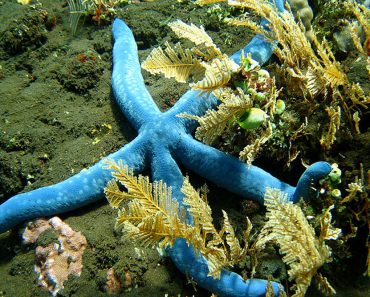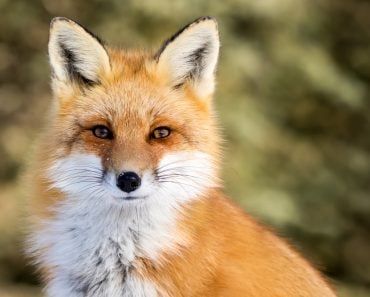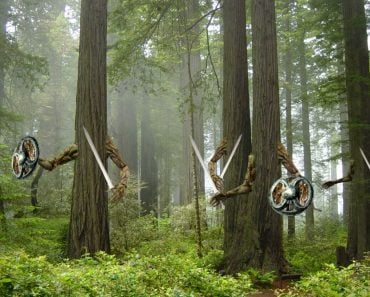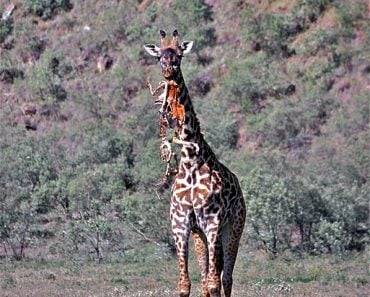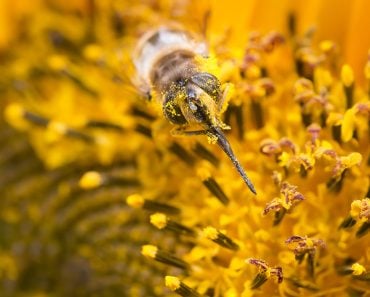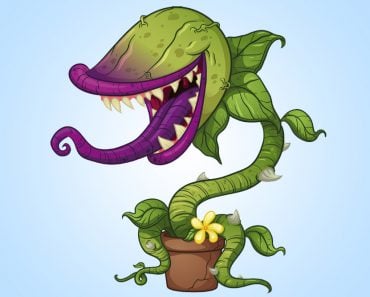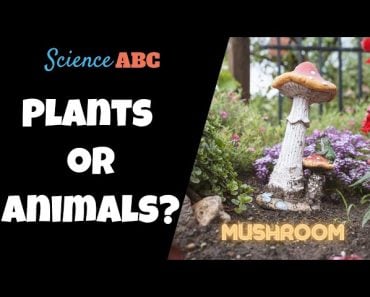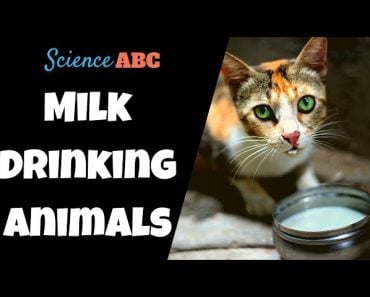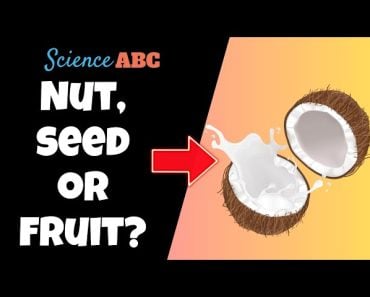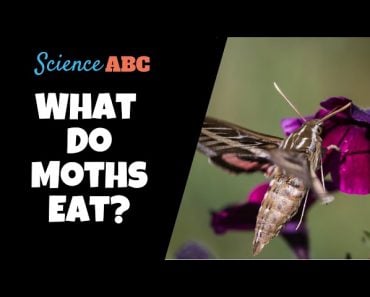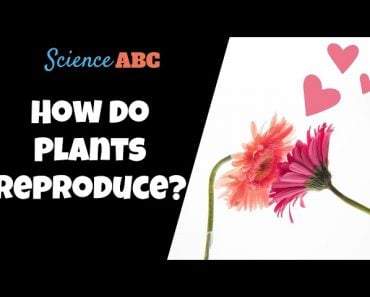Frugivores are animals that thrive entirely or predominantly on fruits or fruit-like vegetables. Herbivores or omnivores can also have fruit as the primary item in their diet. According to numerous studies, roughly one-quarter of mammals eat fruits, but only as a part of their intake. However, there are some species that exclusively practice frugivory. For example, the Jamaican fruit bat, flying foxes and even some fish from the family Characidae are hardcore frugivores.
Frugivores are animals that thrive entirely or predominantly on fruits or fruit-like vegetables. Herbivores or omnivores can also have fruit as the primary item in their diet. According to numerous studies, roughly one-quarter of mammals eat fruits, but only as a part of their intake. However, there are some species that exclusively practice frugivory. For example, the Jamaican fruit bat, flying foxes and even some fish from the family Characidae are hardcore frugivores.
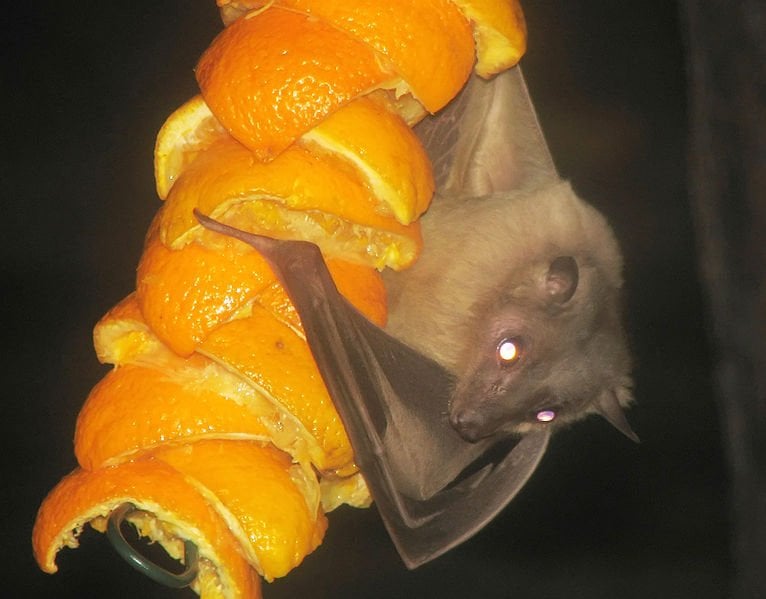
Recommended Video for you:
How Frugivores Help In Seed Dispersal
Many evolutionary scientists believe that frugivory evolved through ‘mutualism’ to facilitate seed dispersal in plants. Mutualism refers to an interaction wherein both a fruit-bearing plant and a fruit-eating frugivore benefit from one another in the fruit-eating process. Generally, frugivores subsist by eating fruit from plants. When they eat the fruit (with seeds) and then travel to another area, they assist in the propagation of the plant by dispersing the seeds upon defecation, which later can germinate. Scientists point out that this form of mutualism has helped flowering plants (angiosperms) diversify since the Cretaceous period.
Frugivory Vs Granivory
In contrast to granivory, which is a seed predation mechanism wherein fruit-eating animal digest seeds along with the fruit, in frugivory the seeds remain intact throughout the food-eating to the food-digesting activity in the frugivorous animals. Interestingly, most of this mutualism is confined to the tropical regions, which have plenty of fruit-producing plants.
How Plants Have Adapted To Attract Frugivores
In a bid to propel seed dispersion, fruit-producing plants have undergone certain adaptations to attract frugivores. Many have bright colors and pleasing smells to entice frugivores towards them. Also, fruit pulp is rich in water and carbohydrates, while being low in lipids and proteins. Over the years, plants have adapted their seeds such that they can survive inside the digestive systems of frugivores for extended periods. For instance, many seeds become more permeable to water after passing through the digestive system of frugivores, which leads to higher chances of germination. Studies have found that some mistletoe seeds actually germinate inside the intestine of some frugivores!
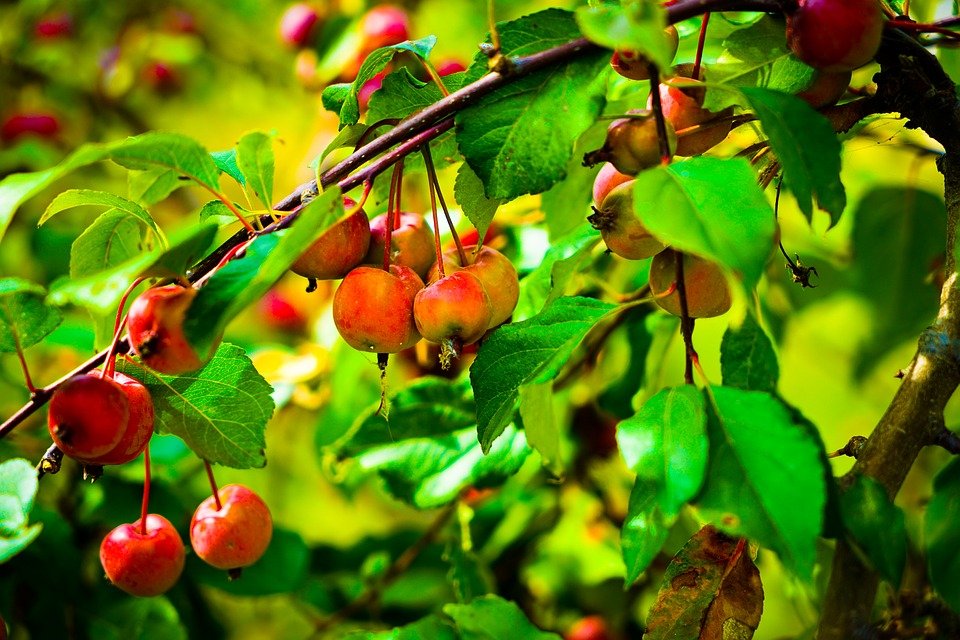
How Frugivores Have Adapted Themselves To Survive On Fruits
Like plants, frugivores have also undergone a few adaptations over time to be successful, i.e., facilitate seed dispersal in their fruit-eating activity. Their digestive system is adapted such that they can consume a large number of fruits without affecting the seeds in a negative way. For instance, some birds have a shorter intestine, allowing them to quickly pass seeds from fruits. Similarly, some frugivores have shorter gut-retention times to ensure that the seeds remain intact.
Examples Of Frugivorous Animals
When it comes to academic research, birds get a lot of attention by academics involved in frugivory research. These studies often highlight the importance of frugivorous birds in balancing and maintaining ecosystems. One such study done by botanists Loiselle and Blake from the University of Missouri points out how the extinction of seed-dispersing frugivorous birds can negatively impact seed viability and seed propagation. Hornbill, Aracari, Cotinga and Toucan are some widely found examples of frugivorous birds. Some frugivorous birds feed on fruits only during their nesting season in order to meet their carbohydrate requirements. When the supply of food becomes scarce, some birds don’t mind eating acrid fruits like bitter berries.
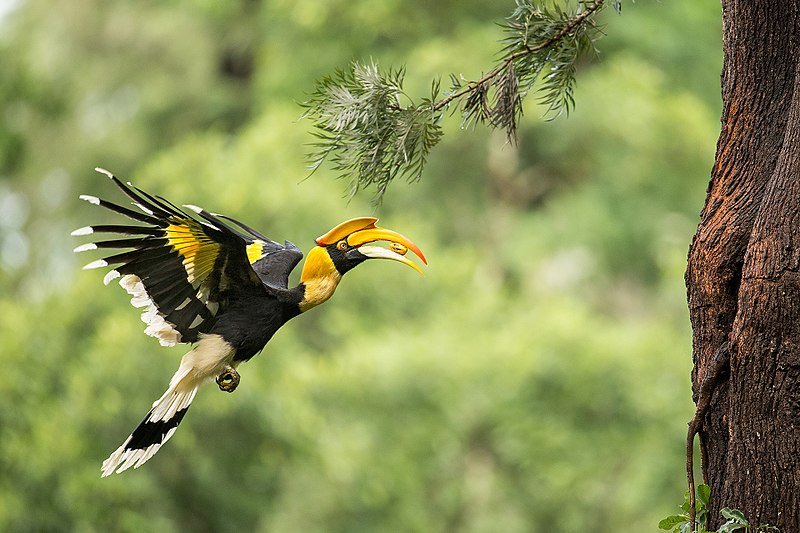
Mammals can be considered frugivorous if the seeds are dispersed in their fruit-eating praxis. The maned wolf (Chrysocyon brachyurus) is one good example of a mammalian frugivore. They are found in South America and more than half of their diet is composed only of fruits. Many studies argue that the maned wolf is the most important mammalian seed disperser.
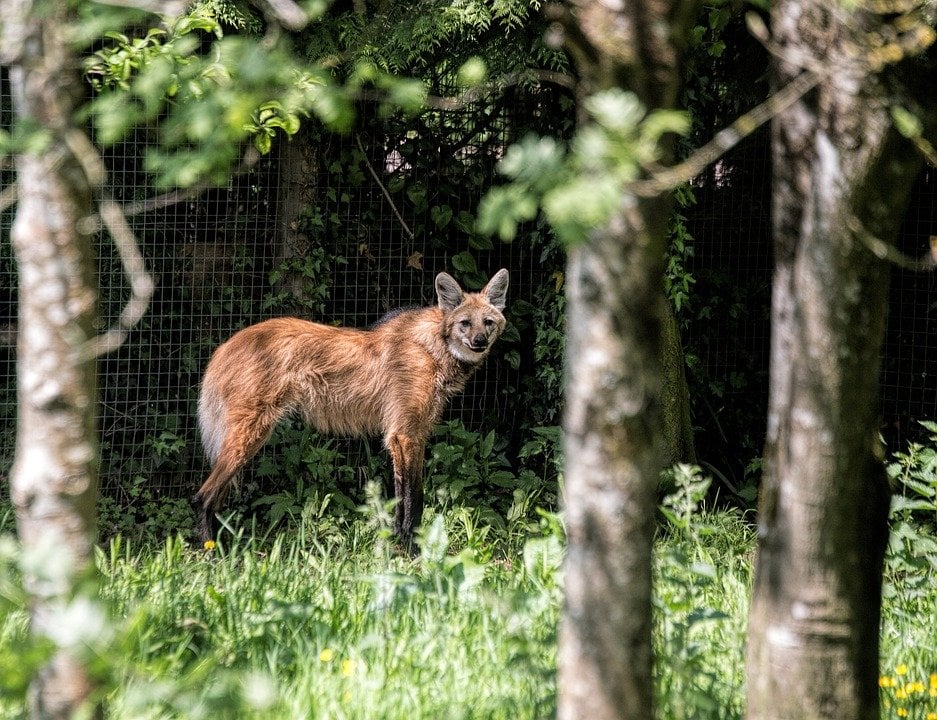
When it comes to primates, orangutans are very important frugivores. Nearly two-thirds of their diet is composed of fruits. Besides fruits, orangutans also eat flowers, leaves, honey, insects and vines. Owl monkeys are another renowned primate frugivore variety with their diet primarily composed of fruits, leaves, flowers, nectar and insects. They often forage into large-crown trees in search of small ripe fruits.
Significance Of Frugivores
As it is through seed dispersal that plant species flourish in other regions, a loss of frugivores disturbs the balance of an ecosystem and may even lead to the loss of plant species. Many researchers have studied and reported the impact of the loss of frugivores on plant populations, especially in tropical regions where seed dispersal through frugivores is critical. Many studies have observed that even the loss of a single large frugivore, such as a particular monkey species, could have a negative effect on the plant life and ecosystem balance, as monkeys are responsible for some long-distance seed dispersal that cannot even be imitated by frugivorous birds.
References (click to expand)
- Loiselle, B. A., & Blake, J. G. (2002, January). Potential consequences of extinction of frugivorous birds for shrubs of a tropical wet forest. Seed dispersal and frugivory: ecology, evolution and conservation. Third International Symposium-Workshop on Frugivores and Seed Dispersal, São Pedro, Brazil, 6-11 August 2000. CABI Publishing.
- Fleming, T. H., & John Kress, W. (2011, November). A brief history of fruits and frugivores. Acta Oecologica. Elsevier BV.
- Morales, J. M., García, D., Martínez, D., Rodriguez-Pérez, J., & Herrera, J. M. (2013, June 11). Frugivore Behavioural Details Matter for Seed Dispersal: A Multi-Species Model for Cantabrian Thrushes and Trees. (A. Hector, Ed.), PLoS ONE. Public Library of Science (PLoS).
- Pratt, T. K. (1984, May). Examples of Tropical Frugivores Defending Fruit-Bearing Plants. The Condor. Oxford University Press (OUP).


